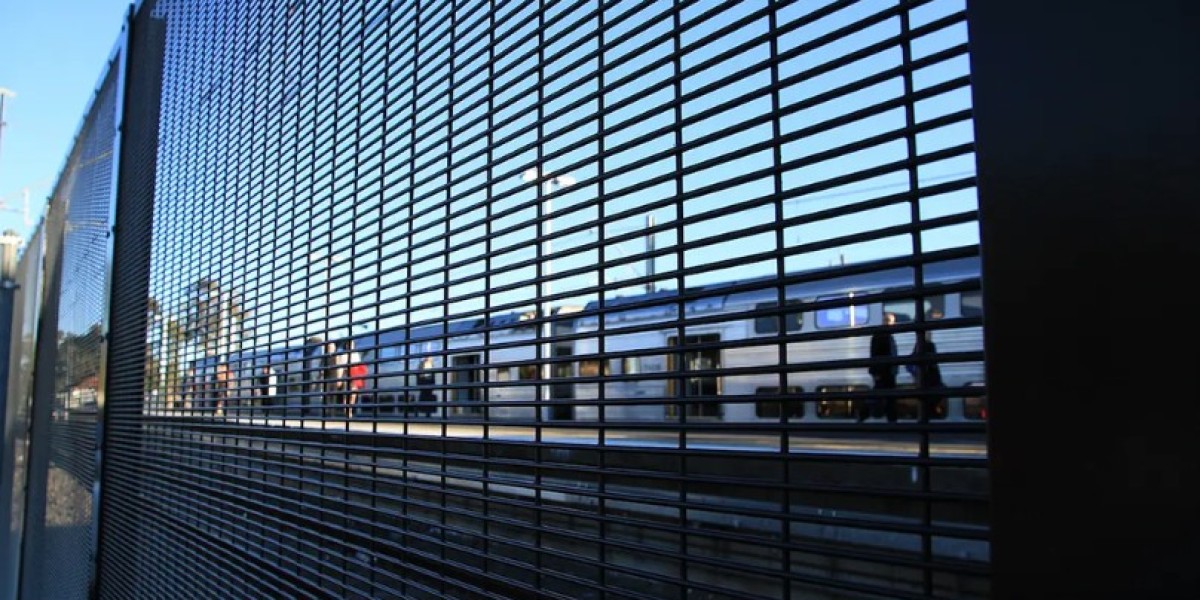When it comes to securing high-risk sites such as government facilities, logistics hubs, transport infrastructure, and educational institutions, selecting the correct fencing solution is critical. Among the various options available, 358 mesh has earned a reputation as the gold standard for perimeter security. Its durability, anti-climb design, and adaptability make it a preferred choice for large-scale and sensitive projects where safety cannot be compromised.
Unmatched Security Performance
The primary reason 358 mesh is valued across commercial and government sectors lies in its design. With apertures that are too small for hands or tools to gain a grip, the mesh is tough to climb. The strong, welded steel wire construction also makes it resistant to cutting or tampering, ensuring long-lasting protection against intrusion attempts.
For high-security environments such as correctional facilities, defence sites, or power stations, this type of fencing provides reassurance that physical breaches are highly unlikely.
Visibility Without Compromise
One of the standout features of this fencing is its ability to provide clear visibility. Unlike solid barriers that obstruct surveillance, the narrow wire spacing allows guards and monitoring systems to have unobstructed sightlines.
This transparency is crucial in perimeter management, as it enables security teams to detect potential threats early and respond quickly. It also integrates seamlessly with CCTV, motion detectors, and other electronic systems.
Durability Under Demanding Conditions
Facilities operating in sectors such as logistics and infrastructure require fencing that can withstand constant exposure to harsh environments. The galvanised and coated finishes commonly applied to 358 mesh make it highly resistant to corrosion, extreme weather, and wear over time.
This resilience not only ensures long-term performance but also reduces maintenance costs, delivering both security and value to large-scale projects.
Adaptability Across Applications
Another key advantage of this fencing solution is its versatility. Whether installed on flat land, sloped terrain, or around complex facility layouts, it can be customised to meet project-specific requirements.
From airports to rail corridors and industrial zones, its adaptability allows it to function effectively as part of integrated security strategies. Additional measures such as gates, access control, and electronic detection systems can also be easily incorporated.
Meeting Compliance and Standards
Many government and commercial facilities are subject to strict security and compliance requirements. This fencing system aligns with national and international standards for perimeter protection, ensuring that organisations can demonstrate due diligence in safeguarding their operations.
By investing in fencing that meets these benchmarks, organisations reduce risks while maintaining regulatory compliance.
Final Thought
In today’s environment, where critical assets and operations must be protected against increasing threats, 358 mesh continues to stand out as the most reliable choice for perimeter security. Its combination of strength, visibility, durability, and compliance ensures that commercial and government facilities can operate with confidence. For sectors where safety and protection are non-negotiable, it remains the gold standard in fencing solutions.
FAQs
1. Why is 358 mesh harder to climb than traditional fencing?
Its small apertures and welded steel design prevent intruders from gaining a foothold or using tools effectively.
2. Can 358 mesh be used with electronic security systems?
Yes, it integrates seamlessly with CCTV, motion sensors, and access control systems.
3. How does 358 mesh perform in harsh weather?
With galvanised and coated finishes, it resists corrosion and maintains its strength in extreme conditions.
4. Is this fencing suitable for transport and logistics hubs?
Absolutely. Its strength and visibility make it ideal for securing rail corridors, airports, and other critical infrastructure.
5. Does it comply with government security standards?
Yes, it is often designed to meet strict compliance requirements, making it suitable for sensitive and regulated projects.






